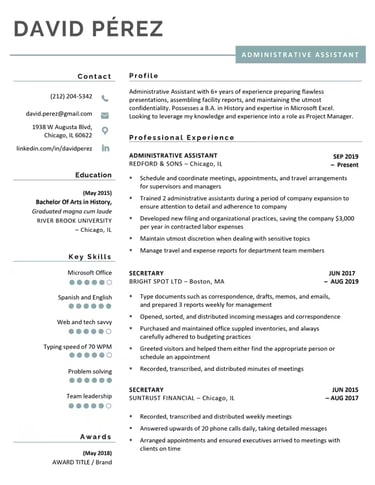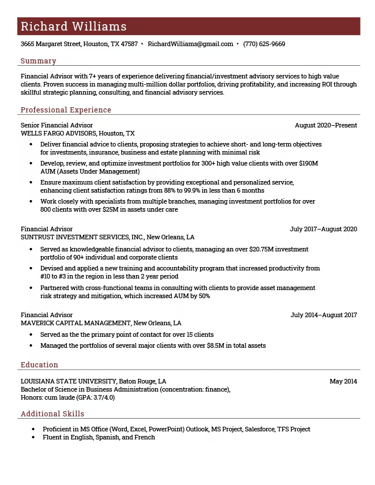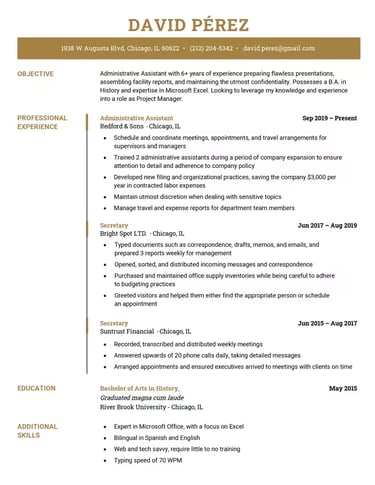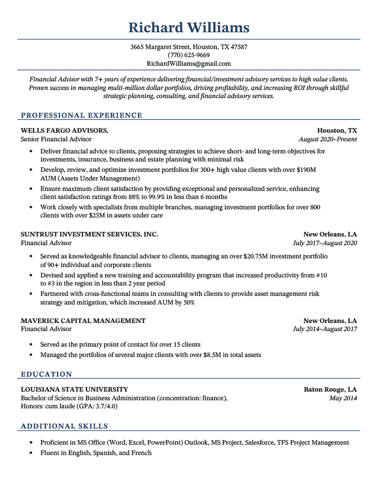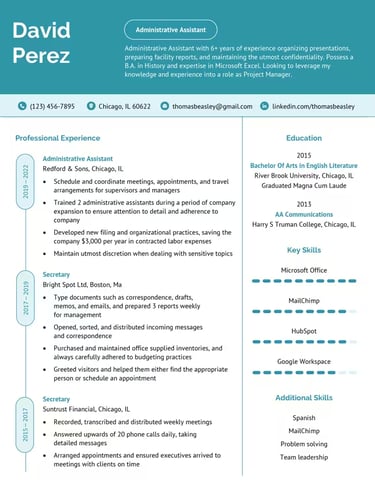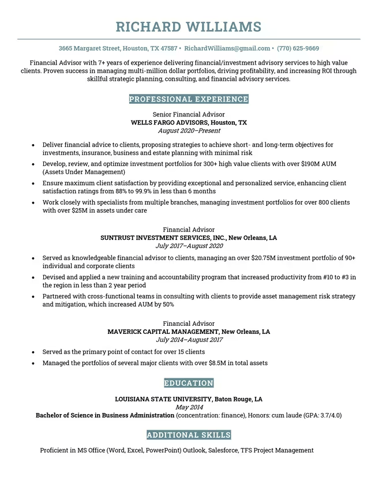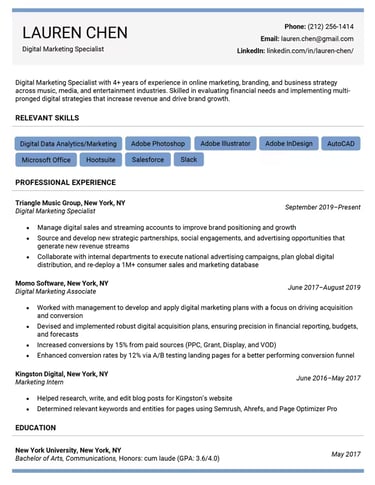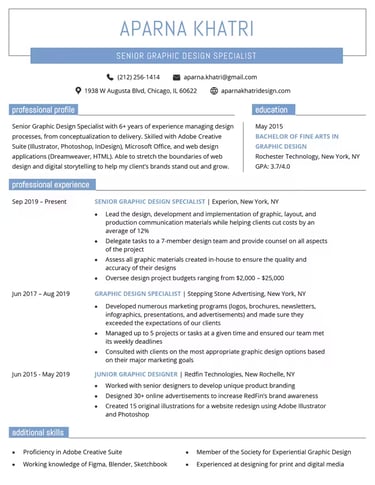Crafting a Canadian Resume for Job Applications
Applying for a job in Canada? Learn how to create a professional Canadian resume that meets specific formatting guidelines and stands out in the competitive job market. This guide will help you make a strong first impression with your resume.
RESUMES
Akshata Bhat
3/7/20253 min read

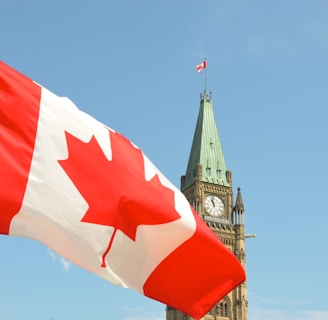
Introduction
If you're applying for a job in Canada, having a properly formatted resume is crucial to making a strong first impression. A Canadian resume differs from other formats, such as those used in the U.S. or Europe, and follows specific guidelines to meet employer expectations. This guide will walk you through the process of creating a professional Canadian-style resume that will help you stand out in the competitive job market.
Understanding the Canadian Resume Format
A Canadian resume typically follows a reverse-chronological format, meaning your most recent job experiences appear first. It is concise, professional, and tailored to the specific job application. Unlike resumes in some other countries, a Canadian resume does not include a photo, marital status, or personal details like age or religion.
Essential Sections of a Canadian Resume
A well-structured Canadian resume includes the following key sections:
Contact Information: Name, phone number, email address, and LinkedIn profile.
Professional Summary: A brief 2–4 sentence introduction highlighting your skills and experience.
Work Experience: List jobs in reverse chronological order, including job title, company name, dates of employment, and key achievements.
Education: Degrees, diplomas, certifications, and institutions attended.
Skills Section: Relevant technical and soft skills tailored to the job posting.
Additional Sections: Certifications, volunteer work, professional affiliations, and language proficiency.
Formatting Guidelines for a Canadian Resume
Length: Ideally one page for entry-level jobs, two pages for experienced professionals.
Font: Use a clean, professional font such as Arial, Calibri, or Times New Roman, size 11–12.
Margins & Spacing: Keep margins at 1 inch on all sides and use bullet points for easy readability.
File Format: Always submit resumes in PDF format unless specified otherwise.
How to Write an Effective Resume Summary
A strong resume summary should highlight your experience, key skills, and career achievements. Keep it brief and tailored to the job description.
Example: "Detail-oriented Marketing Specialist with 5+ years of experience in digital campaigns, SEO, and social media management. Proven track record of increasing brand engagement by 40% and driving successful marketing strategies."
Listing Work Experience in a Canadian Resume
Use reverse chronological order (most recent job first).
Mention job title, company name, location, and employment dates.
Focus on achievements rather than just job duties.
Use action verbs like "developed," "managed," "increased," and "implemented."
Example: Marketing Manager | ABC Corp | Toronto, ON | Jan 2020 – Present
Developed and executed marketing strategies, increasing sales by 30%.
Managed a team of five professionals, overseeing content and branding.
Education Section: How to Present Your Academic Credentials
List your highest level of education first.
Include degree/diploma name, university/college name, and graduation year.
If your degree is from outside Canada, consider credential assessment through WES or ICAS.
Showcasing Your Skills and Competencies
Hard Skills: Technical abilities related to your industry (e.g., coding, accounting, graphic design).
Soft Skills: Transferable skills like leadership, teamwork, and communication.
Canadian Resume Do’s and Don’ts
✅ Do:
Tailor your resume for each job application.
Use clear and professional language.
Highlight measurable achievements.
❌ Don’t:
Include unnecessary personal details.
Use generic, overused phrases.
Submit a resume with typos or errors.
Using Keywords for ATS Optimization
Many Canadian employers use Applicant Tracking Systems (ATS) to screen resumes. To increase your chances of passing the ATS, include keywords from the job posting in your resume.
Resume vs. CV: What’s the Difference in Canada?
A resume is a concise, 1-2 page document focused on relevant work experience. A CV (Curriculum Vitae) is longer and used for academic or research positions.
Sample Canadian Resume Template
Tips for International Applicants
Highlight Canadian work experience (if applicable).
Obtain a credential evaluation for foreign degrees.
Use a professional Canadian address and phone number if available.
Frequently Asked Questions (FAQs)
1. What is the best format for a Canadian resume?
The reverse chronological format is the most commonly accepted in Canada.
2. How long should my Canadian resume be?
It should be one page for entry-level jobs and two pages for experienced professionals.
3. Should I include a photo on my Canadian resume?
No, photos are not included in Canadian resumes.
4. Can I use a Europass CV for Canadian jobs?
No, the Europass CV format is not commonly used in Canada. A tailored Canadian resume is preferred.
5. How do I write a resume for my first job in Canada?
Focus on transferable skills, volunteer work, and any international experience that applies.
Conclusion
Writing a resume in a Canadian format requires a structured, professional approach. By following these guidelines, you can create a resume that increases your chances of landing a job in Canada.
What to revamp your resume? Let me write your resume the right way. Upload Resume Now
Assistance
© 2025. All rights reserved.
Please note that none of my services are available for Per Scholas learners and alumni. As a Per Scholas employee, I will assist them for free. My freelance work is conducted outside of my professional role, in compliance with the non-solicitation policy
